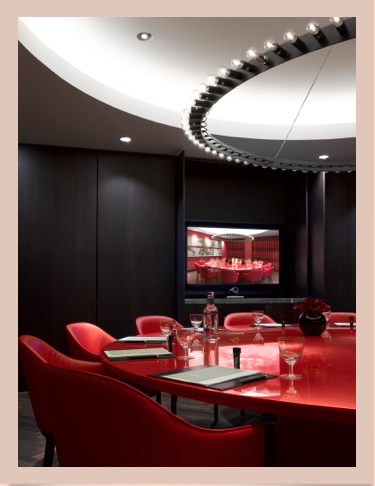Why embracing flexible working means challenging cultures
What are the benefits, challenges and opportunities created by flexible working? Fifteen CIOs, from all areas of industry and the public sector, recently joined Annemarie Duffy, CIO of Microsoft UK, and Fiona Nolan, Windows Enterprise Product Marketing Manager, at a CIO.co.uk roundtable to find out.
 The event took place at London’s South Palace Hotel, around an actual round table: a fact, which certainly encouraged the dialogue. During the conversations, everyone agreed that the flexible working train has already left the station. The challenge for CIOs is getting everyone on board.
The event took place at London’s South Palace Hotel, around an actual round table: a fact, which certainly encouraged the dialogue. During the conversations, everyone agreed that the flexible working train has already left the station. The challenge for CIOs is getting everyone on board.
The cultural shift that flexible working requires is often bigger than the technological. The CIO of a young, online company said flexible working came as second nature for his colleagues. But for the CIO of a larger health organisation said that it had required a significant step change, as managers and employees alike clung to their traditional working culture.
Annemarie and Fiona share their reflections on the main ideas and issues that emerged from the event:
Tools for talent. Whenasked, ‘Do you really think that if you don’t enable your staff to have the best mobile devices that it would prevent people joining the company?’ The answer was a collective ‘yes’. Social media and the intuitive ‘do anything, anywhere’ experience is the norm for young talent. CIOs not only need to enable the technology, but also integrate that user experience into the way people work. One company, for example, has used gaming technology to update training for new employees.
Cultural shift. Everyone wants to be a tech enabler for flexible working, but many face resistance from managers who struggle with the associated change in working style. There’s an element of trust needed with an employee, and the payoff is increased productivity and retention. The difficulty lies in getting managers to see that end game when it comes to embracing flexible working.
Careful handling. Employees need some hand holding too. The transformation from fixed desk to hot desk is an easy transition for some employees and may take longer to get used to for others. Fiona explained how they had employed consultants to help individuals adapt to this different working culture.
Learning from leaders. Annemarie, who has worked hard to raise the profile of IT within Microsoft as an organisation, talked about Microsoft’s Work Smart guides. All the attendees were very interested to learn about these short courses and guides that aim to help employees get the most out of the technology that enables flexible working. This type of education was something they felt they could do as CIOs.
Control versus governance. CIOs also have their own mind shift to make. Previously, the IT department would control devices, software, access and data. Some attendees argued, however, that flexible working means that IT’s role is moving more towards governance and training around data assets and security policies and away from a top-down control model.
The most valuable outcome of the event however, was the opportunity for open and honest peer networking. There was a lot of energy in the room and everybody was asking questions. It was a great way to learn how other CIOs are squaring up to the cultural challenges posed by flexible working.